The Nashville Tea Party and a Vanderbilt University economics professor are raising concerns about the $6 billion regional mass transit plan for Middle Tennessee.
Much of the plan is still tentative and designed to be phased in over 25 years. However, in her State of Metro address in April, Nashville Mayor Megan Barry committed to starting work on light rail along Gallatin Pike immediately. She also said she would have a referendum on the ballot in 2018 to raise taxes to help fund transit projects.
The Gallatin Pike plan calls for putting train tracks in the middle of Gallatin Pike from Briley Parkway south to the downtown bus station.
The Nashville Tea Party sees problems with that.
“This will mean many years of construction noise, choking dust and major traffic disruption,” the tea party chapter said on its Facebook page last week.
The regional transit plan also calls for light rail along Charlotte Pike, Nolensville Pike and Murfreesboro Pike and for light rail connecting Nashville and Clarksville.
The Nashville Tea Party posted a study by Malcolm Getz, a Vanderbilt University economics professor who is critical of the regional transit plan primarily because of its heavy reliance on trains, though the plan does also call for improved bus service. His June 29 report notes that he is expressing his own views and is not speaking for the university. While Getz is not affiliated with the Nashville Tea Party, group leaders believe his conclusions support their concerns.
In his report, Getz outlines five problems with the transit plan, known as nMotion: transit has not been proven to reduce congestion, buses provide better service than trains because they can go more places, trains are more costly, landowners benefit more than the people who ride, and express lanes and other digital systems should be given greater consideration.
Getz writes that contrary to popular belief, transit does not lesson traffic.
“The alternate view, one well supported by evidence, is that the volume of vehicular trips expands to congest whatever space is available for traffic regardless of the level of transit service,” he says.
Getz points to Atlanta as a cautionary tale. “After 45 years with a one-cent local sales tax earmarked for transit, 50 miles of quality rails, and an extensive bus service, congestion grew to high levels. Congestion is as extensive on roadways near rail lines as in areas distant from the rail lines. The obvious conclusion from both statistical evidence and the experience of individual cities is that transit does not reduce traffic congestion.”
Putting railroads in the middle of major streets will reduce traffic flow at choke points during rush hours, Getz maintains.
Getz also says some potential riders are likely to be discouraged from using transit because of the amount of time they would have to spend on their commute via trains that make stops and require transfers by bus from one downtown station to another as needed. Plans call for four downtown rail terminals instead of a single hub.
Getz believes a better approach would be to make better use of buses and vans and to establish express lanes that use digital systems to collect tolls with varying rates depending on the volume of traffic. He also calls for managed downtown parking, which would involve dynamic pricing to reduce congestion resulting from drivers circulating the streets looking for a parking spot.
City planners also need to consider how transportation is going to change in the future, and how it is already changing, Getz says. More people are using car services such as Uber and Lyft, which are efficient and low cost and also reduce parking hassles. Subsidized car services in areas of low-rider density might make a good alternative to bus service, and retailers might want to consider underwriting part of the cost of car services to get people to their stores as an incentive like free parking has been, Getz says. Getz also believes that self-driving cars will reduce the demand for cars in the future.
In the future, Getz writes, “personal car ownership and conventional transit are likely to have diminished roles.”

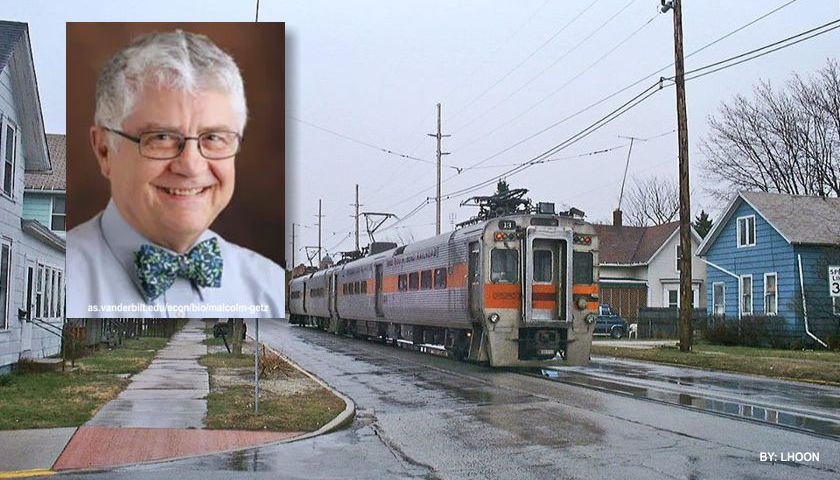



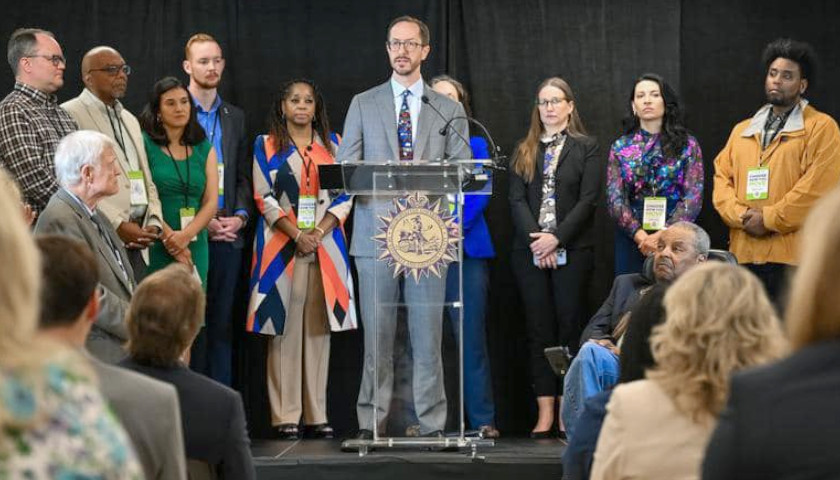
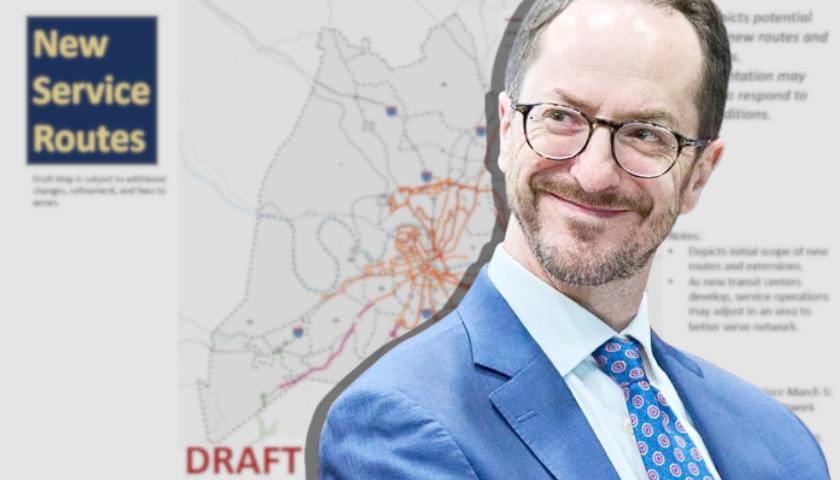
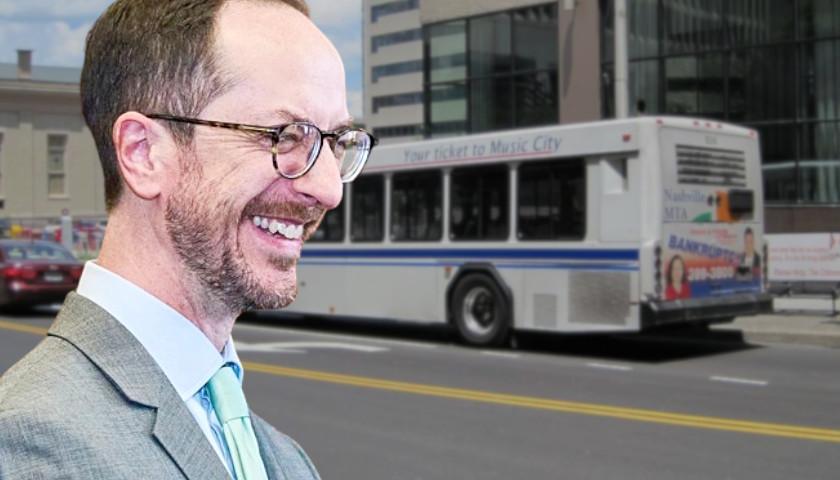
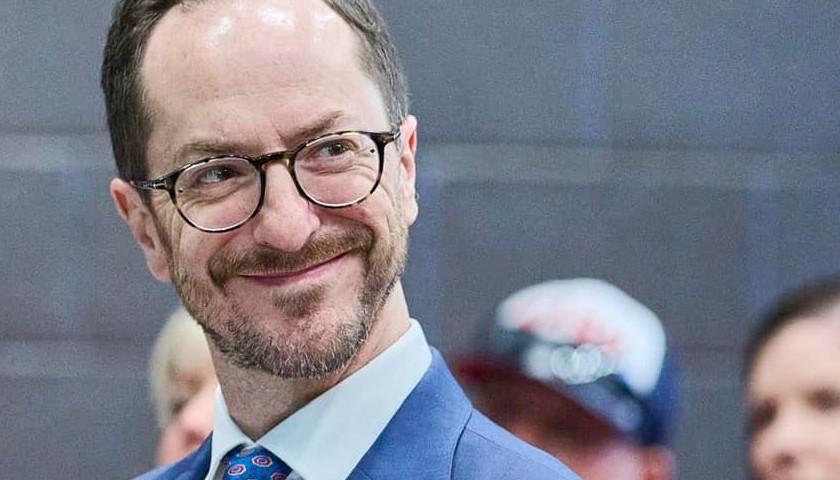
Hello there’s an ELEPHANT in the ROOM and nobody’s talking about it. Did anyone notice there is only ONE LANE to merge into I-440 West and again at I-65 South from the airport? ONE LANE? REALLY?
Nashville Leadership needs to take a break and do some real HOMEWORK. Let’s say you work at Vanderbilt (Nashville’s Largest Employer!) and need to go to Franklin from West End and 440. Merging from 440 to I-65 again, ONLY HAS ONE LANE!! How insane, when will Nashville GROW UP and start acting like a big city instead of a little town? ONE LANE should never happen anywhere in Davidson County where interstates merge. And the merges should be long enough for safe transition – many are too short and dangerous. Leaving Downtown? I’ve sat in gridlock at Charlotte and I-40 East for an hour just to get on I-65 South. We DON”T WANT TO BE ATLANTA – WE’VE GOT TO TAKE OUR TIME AND GET IT RIGHT THE FIRST TIME. REVIEW THE PLAN, GET MORE INPUT FROM the Public. Offer a contest to get the public engaged. Also, hire 2 or 3 competing firms to make recommendations and publicly without under the table deals to compromise the best solution. The people will be paying for it so we expect the BEST SOLUTION that includes consideration for self-driving cars and Uber.
We like tourists right?? I hear visitors complain all the time about lack of lanes and how poor the advance signs are to prepare you for an eventual turn (if they exist at all!). For Example, if coming from Madison and going South, the I-40 split for the Airport or Downtown Nashville go in opposite directions than you would intuitively expect. But there are no signs BEFORE the split to properly prepare you for this non-intuitive split. Fortunately, there are 2 lanes on each split. And if you’re going I-24 East(south), you better be focused because you’ll have to cut across 4-lanes of traffic in 1 miles or less and have just one lane to I-24. If you’re going to 440, then prepare for the ONE LANE BACKUP.
The city could use an extra 2 lanes on every interstate. Several side streets need dedicated left and 1/4 mile extra right turn lane *so traffic going straight isn’t stuck behind the left and right turning vehicles (true at many, many locations). New commercial apartments should be required to have a right turn lane ON their property to remove congestion from major thoroughfares. All common sense, all easy to view in other cities. A great solution is widening parallel roads near interstates.
[…] include Vanderbilt University professor Malcolm Getz and Manhattan Institute fellow Aaron Renn. The Nashville Tea Party has also spoken out against the […]
[…] it was being developed, Barry’s plan faced similar criticisms from an economics professor at Vanderbilt […]
Tennessee Star, is the Nashville Tea Party leading opposition to this boondoggle or is there a group dedicated to this subject alone in the same manner Stop AMP! was a single issue group?
I hate to get behind a bus. The smell, the lack of visibility, and how slowly they travel. Bus drivers care more about staying on their schedule than they do about moving along in a timely manner…They create more traffic problems.
Thank you Malcolm Getz!
Of course, buses aren’t a sexy solution and the disruption to the city is not so much and they’re a cheaper solution without plunging the city into debt and raising taxes. So we understand that route not the progressive way and why Mayor Moonbeam would choose trains instead.
But we all know Seattle is a much more progressive city than Nashville. Check out Seattle to see how to use buses for public transportation for a growing city.